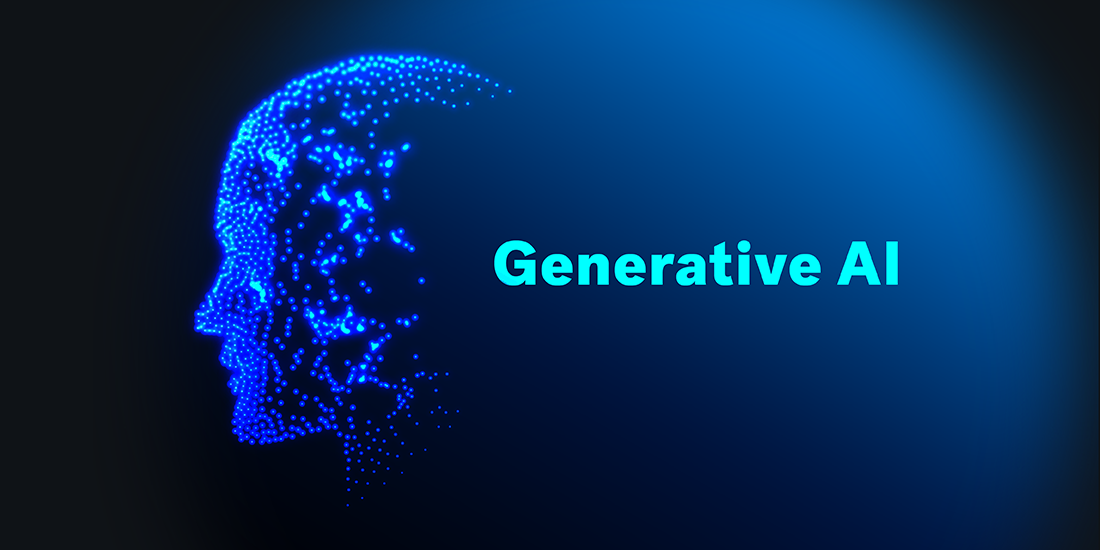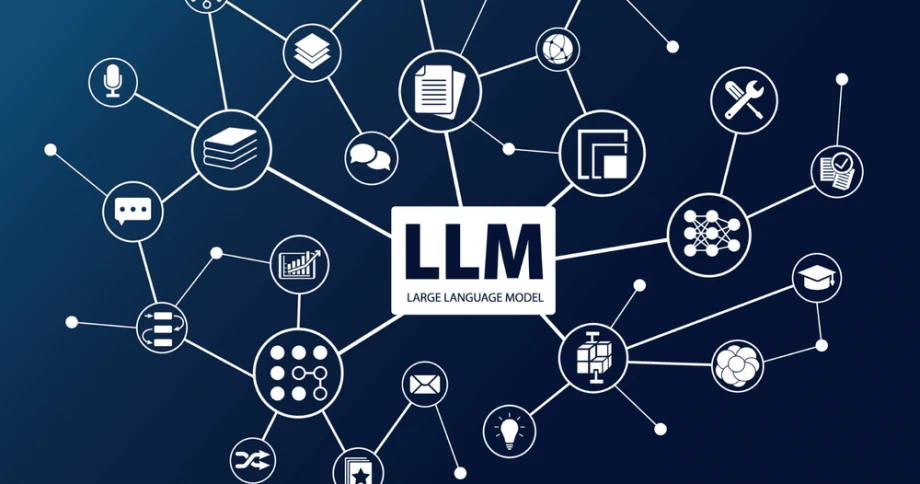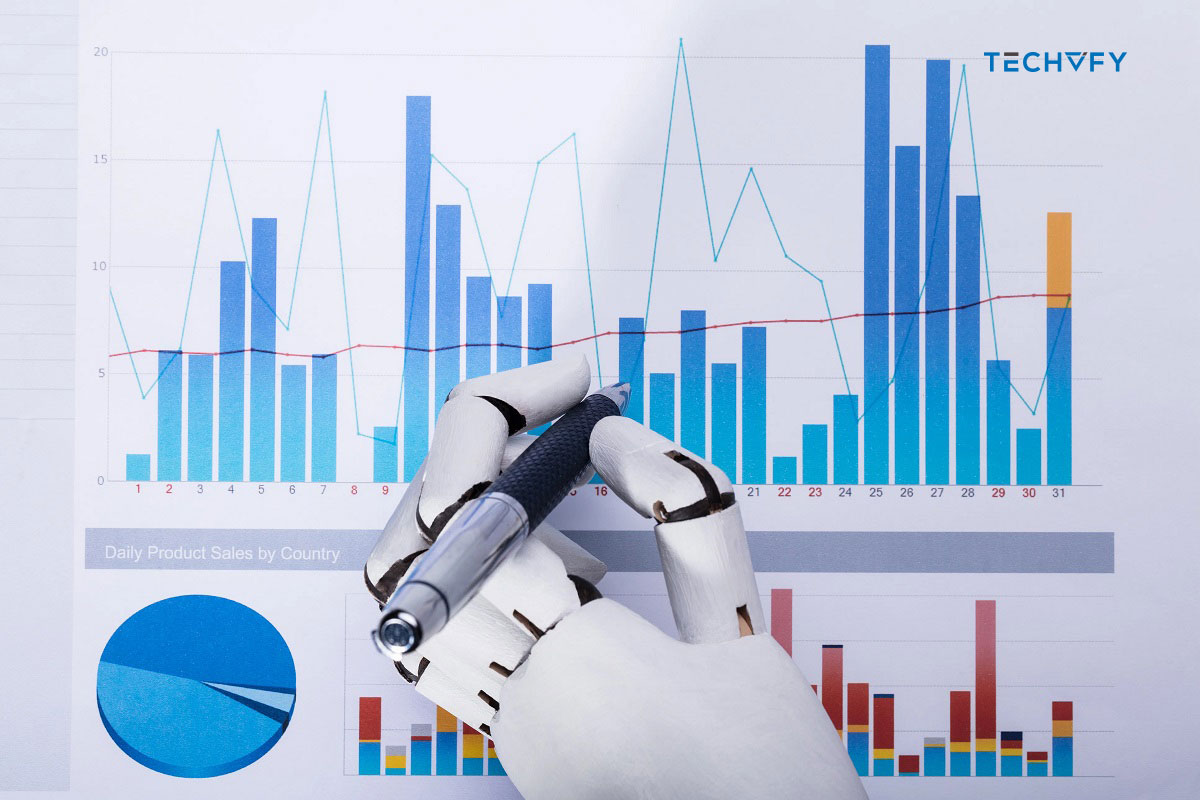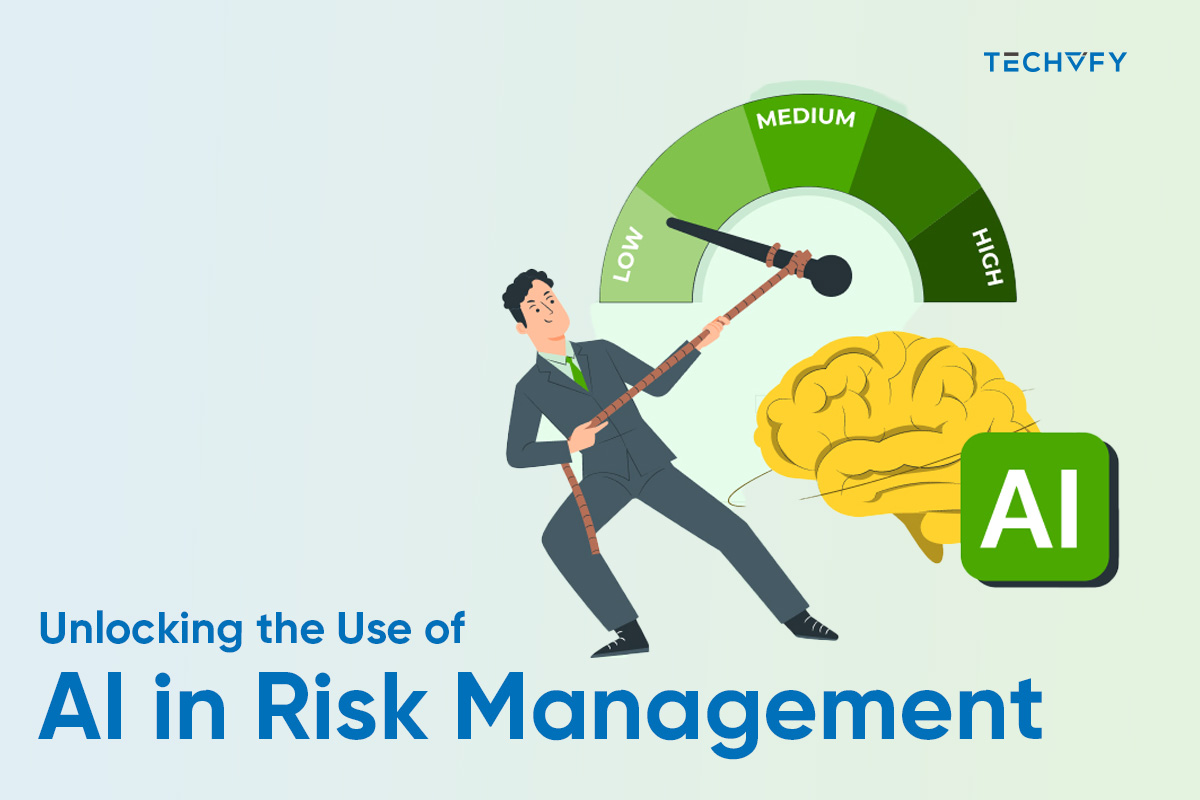LLM vs Generative AI-The Full Comparison
- Potter Le
- 0 Comments
Artificial intelligence has garnered attention from researchers, developers, and techies. The evolution of AI has given rise to diverse, intelligent systems that are reshaping global sectors. The difference between LLM vs Generative AI is particularly noteworthy among these innovations. While rooted in similar AI principles, LLM (Large Language Models) and Generative AI exhibit marked differences in their applications and operations. Comprehending these variances is crucial, as it equips individuals to understand how each technology advances our grasp of intelligent systems and introduces novel avenues for innovation.
I. LLM vs Generative AI – Understanding the definitions
1. What is Generative AI?
Generative AI is any artificial intelligence system designed primarily to produce new content. This differs from AI systems focused on tasks like data classification (such as tagging images), data clustering (like pinpointing customer groups with similar buying patterns), or action selection (such as navigating a self-driving car).
Examples of generative AI include tools that create images (like Midjourney or Stable Diffusion), expansive language models (such as GPT-4, PaLM, or Claude), software for writing code (such as Copilot), and systems that generate audio (like VALL-E or resemble.ai).
“Generative AI” highlights these systems’ ability to create content. It’s a straightforward term encompassing various AI types recently seen swift advancement.

2. What are Large Language Models (LLMs)?
Large language models (LLMs) are AI systems that understand and generate human language. Think of them as digital blueprints for language, similar to how simulation software might be used to design an aircraft wing. These models are “large” because they’re built with increasing parameters, which has been a significant trend. Research has shown that more data and computing power, leading to more parameters, improve the model’s performance. Modern language models may have parameters in the thousands or millions more than those from a decade ago, so they’re referred to as “large.”

Examples of such models include GPT-4 from OpenAI, Google’s PaLM, and Meta’s LLaMA. Sometimes, there needs to be clarity over whether to call specific applications like OpenAI’s ChatGPT or Google’s Bard LLMs or to say they run on top of these large language models.
More Generative AI insights:
II. Key Differences between LLM and Generative AI
So, what is the difference between generative AI and LLM? Let’s find out:
1. Scope of Application
Generative AI is an umbrella term that includes a spectrum of content-creation technologies. It’s not limited to text but to generating images, videos, and music. On the other hand, LLMs are a subset of generative AI with a specialized focus on text. They are engineered to handle various natural language processing tasks, from translation to content creation.
2. Training Data and Learning
LLMs are trained on extensive text datasets, including content from the internet, books, and various other text sources. This training enables them to grasp the intricacies of human language, including grammar and semantics. Generative AI, while also relying on large datasets, may use diverse data types, such as images and audio, to learn and create content in those respective formats.

3. Functionality and Output
When it comes to functionality, an LLM takes a prompt and generates coherent and contextually aligned text with the input. It uses advanced algorithms like attention mechanisms and transformers to ensure relevant output. In contrast, what is Generative AI vs LLM in terms of functionality? Generative AI’s functionality is broader, capable of producing a wide range of outputs, from a piece of music to a visual artwork.
4. Techniques and Networks
Deep learning techniques and neural network architectures power both generative AI and LLMs. However, the specific networks and models used can differ. LLMs often use transformer-based architectures, which are highly effective for sequential data like text. Generative AI may employ a variety of neural networks, including Generative Adversarial Networks (GANs) for image generation or Recurrent Neural Networks (RNNs) for sequential data like music.
5. Domain Specialization
LLMs are domain-specific to language-related tasks. They excel in generating and understanding text that mimics human language. The difference between Generative AI and LLM difference lies in that Generative AI is not confined to one domain but is instead a technology that spans multiple creative fields, offering tools for innovation in each.
III. The Impact of LLM and Generative AI on Multiple Industries
The impact of Generative AI vs LLM on various industries is profound and far-reaching:
- Healthcare: LLMs assist in processing and understanding vast amounts of medical literature, aiding diagnosis and treatment plans. Generative AI helps in drug discovery by predicting molecular reactions and generating potential drug candidates, potentially reducing the time and cost of drug development.
- Finance: These technologies are revolutionizing finance by automating risk assessments, personalizing financial advice, and enhancing fraud detection systems through pattern recognition and anomaly detection.
- Legal: In the legal field, LLMs are used to sift through case files and legal documents to assist in research and draft contracts, saving time and reducing human error.
- Customer Service: Generative AI powers chatbots and virtual assistants, providing 24/7 customer service, handling inquiries, and offering personalized recommendations, significantly improving customer experience.
- Content Creation: In media and content creation, LLMs generate articles, reports, and marketing copy, while Generative AI can create realistic images and videos, streamlining the creative process.
- Education: LLMs personalize learning by adapting materials to the student’s level, while Generative AI can generate practice problems and educational content, enhancing the learning experience.
- Manufacturing and Engineering: Generative AI accelerates product design by simulating and testing countless design variations, leading to innovation and efficiency in product development cycles.
- Entertainment and Arts: Generative AI creates music, art, and literature, providing tools for artists to explore new forms of creativity and for the entertainment industry to produce novel content.
- Research and Development: LLMs and Generative AI facilitate the analysis of scientific data and the generation of hypotheses, accelerating innovation across scientific disciplines.
Overall, the difference between LLM and Generative AI is in automating tasks and enhancing human capabilities, leading to increased efficiency, innovation, and personalized services across industries.
Conclusion
In summary, comparing LLM vs Generative AI is more than an academic exercise; it’s a practical exploration of how these technologies reshape our interaction with technology, making it more intuitive and creative. LLMs are at the forefront of language processing, enhancing our communication with AI, while Generative AI expands our creative possibilities across various fields.
While they differ in specialization and output, both are integral to technological advancement, offering innovative solutions and personalized experiences. Their combined impact is pivotal, marking a transformative phase in the application of AI, where the enhancement of human potential and efficiency takes center stage.
Contact TECHVIFY today to explore cutting-edge solutions that will propel your operations into a new era of efficiency and creativity. Don’t miss the opportunity to be at the forefront of the AI revolution—reach out to TECHVIFY and unlock the power of advanced AI technologies.
TECHVIFY – Global AI & Software Solution Company
From Startups to Industry Leaders: TECHVIFY prioritizes results, not just deliverables. Accelerate your time to market and see ROI early with high-performing teams, AI (including GenAI) Software Solutions, and ODC (Offshore Development Center) services.
- Email: [email protected]
- Phone: (+84)24.77762.666





